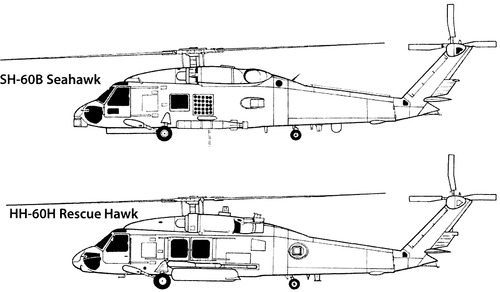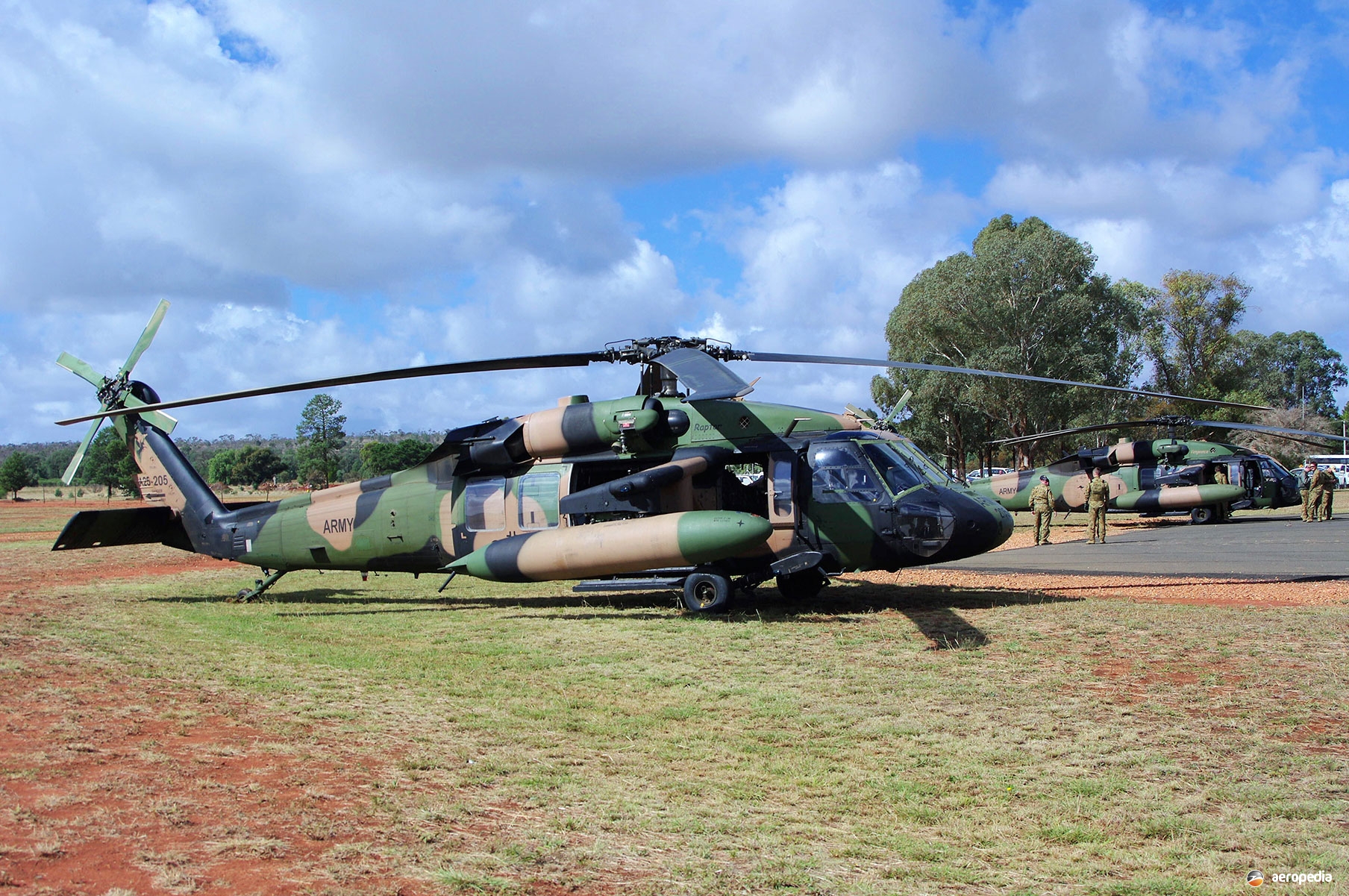High-Performance Multi-Role Rotorcraft Featuring Advanced Cabin Technologies and Integrated Sensing Unit Solutions
The realm of rotorcraft modern technology has seen significant improvements in current times, particularly in the realm of high-performance multi-role rotorcraft equipped with sophisticated cabin technologies and flawlessly incorporated sensing unit systems. These advancements have not just augmented the functional abilities of rotorcraft but have also considerably impacted modern-day aviation operations on numerous fronts. From enhanced mission versatility to boosted functional efficiency, the merging of advanced cockpit innovations and integrated sensing unit systems has ushered in a brand-new age of possibilities for rotorcraft applications. In the adhering to conversation, we will discover the advancement of rotorcraft innovation, delve into the world of advanced cabin advancements, and analyze the implications of incorporated sensor systems on the functional flexibility and performance of contemporary rotorcraft.
Advancement of Rotorcraft Technology
The development of rotorcraft innovation has actually been marked by considerable improvements in the rules of aerodynamics, materials, and propulsion systems, shaping the capabilities and efficiency of modern-day rotorcraft. Furthermore, improvements in propulsion systems, including much more powerful engines and innovative propulsion modern technologies, have actually made it possible for rotorcraft to accomplish higher altitudes, faster rates, and better payloads.
These developments have not only changed the abilities of rotorcraft however have additionally increased their applications across various industries, consisting of armed forces, commercial, and emergency situation solutions. The continuous evolution of rotorcraft modern technology proceeds to drive development in the field, pressing the boundaries of what is feasible and shaping the future of vertical trip.
Advanced Cockpit Innovations
Structure upon the foundational advancements in the rules of aerodynamics, products, and propulsion systems, the realm of rotorcraft innovation currently changes emphasis towards pioneering Advanced Cabin Innovations. The integration of advanced modern technologies within the cockpit environment plays a crucial function in enhancing the functional capabilities, safety and security, and efficiency of modern-day rotorcraft. sikorsky s 70. Advanced Cockpit Innovations incorporate a broad array of functions designed to supply pilots with enhanced situational understanding, streamlined data monitoring, and user-friendly control user interfaces
One of the key advancements in cabin layout is the execution of glass cockpits, which change standard analog assesses with high-resolution screens. These electronic systems use adjustable designs, real-time information combination, and improved readability, making it possible for pilots to accessibility important information at a glimpse. In addition, advanced avionics systems, such as fly-by-wire controls and enhanced truth display screens, are transforming just how pilots connect with the aircraft, enabling for exact control and boosted decision-making capacities.


Including innovative cabin developments not only enhances pilot efficiency however also adds to general mission performance and security in complex functional atmospheres. By leveraging state-of-the-art modern technologies within the cockpit, rotorcraft manufacturers are establishing new criteria for operational quality and objective success.
Integrated Sensor Solutions
With the evolution of rotorcraft modern technology, the combination of advanced Integrated Sensing unit Systems has actually become extremely important in improving operational effectiveness and safety and security. These Integrated Sensor Equipments include a wide variety of technologies that supply crucial information for various features such as navigating, monitoring, targeting, and ecological monitoring. By effortlessly integrating sensors like radars, cams, lidar, and infrared systems right into rotorcraft, drivers can gain from the original source improved situational recognition, enhanced objective capacities, and decreased pilot work.
One key advantage of Integrated Sensing unit Equipments is their ability to collect real-time information and provide actionable understandings to pilots and goal operators. As an example, progressed radar systems can spot and track targets over fars away, enabling early risk discovery and reliable reaction planning. Additionally, integrating infrared and electro-optical video cameras allows rotorcraft to carry out reconnaissance and security goals with accuracy and precision.
Basically, the assimilation of advanced sensor technologies into rotorcraft not only enhances operational performance but also contributes significantly to overall mission success and staff safety and security. As rotorcraft proceed to evolve, the duty of Integrated Sensing unit Solution will undoubtedly stay at the forefront of technology in the aerospace sector.
Operational Versatility and Performance
Enhancing functional adaptability and effectiveness in rotorcraft is a natural progression from the assimilation of innovative Integrated Sensing unit Solutions. By leveraging the data and insights supplied by these innovative sensor systems, rotorcraft can maximize their efficiency across numerous objectives and environments.
Functional adaptability includes the capacity of rotorcraft to adapt to different duties and scenarios successfully. With sophisticated look at this site cockpit modern technologies and integrated sensing unit systems, rotorcraft can effortlessly shift in between tasks such as search and rescue, clinical emptying, surveillance, and a lot more. This flexibility boosts the rotorcraft's ability to fulfill diverse functional requirements without needing considerable reconfiguration.
Performance in rotorcraft operations is crucial for taking full advantage of mission efficiency and source usage. Integrated sensing unit systems play an essential role in improving functional efficiency by giving real-time data on weather, terrain mapping, target tracking, and a lot more. This information makes it possible for pilots to make informed choices swiftly, enhance trip courses, save gas, and boost general mission efficiency.
Effect On Modern Aviation Operations

In addition, the assimilation of innovative sensing units helps with improved objective planning and execution, allowing rotorcraft to execute a wide variety of tasks with improved precision. From search and rescue operations to aerial firefighting and police missions, the capacities of modern-day rotorcraft geared up with sophisticated cockpit technologies and incorporated sensor systems are unrivaled.
In addition, the effect of these advancements expands past operational efficiency to cost-effectiveness and sustainability. By optimizing trip courses, gas consumption, and maintenance schedules, high-performance rotorcraft outfitted with innovative cockpit modern technologies and sensing units add to lowering functional expenses and environmental influence, making them indispensable assets in modern aeronautics operations.
Final Thought
In verdict, the high-performance multi-role rotorcraft with innovative cabin innovations and incorporated sensing unit systems represents a substantial evolution in aeronautics innovation. These developments boost functional convenience and efficiency, ultimately influencing modern aviation procedures in a favorable means. The combination of these innovative innovations permits boosted capabilities and performance in different mission scenarios, showcasing the proceeded development of rotorcraft technology in the air travel market.
The realm of rotorcraft innovation has seen significant developments in recent times, especially in the realm of high-performance multi-role rotorcraft geared up with sophisticated cockpit modern technologies and effortlessly integrated sensing view publisher site unit systems. From boosted objective flexibility to improved functional performance, the convergence of advanced cabin modern technologies and integrated sensor systems has actually ushered in a new period of opportunities for rotorcraft applications. In the following discussion, we will check out the development of rotorcraft modern technology, dive right into the world of sophisticated cockpit technologies, and check out the implications of integrated sensor systems on the functional convenience and efficiency of contemporary rotorcraft.
